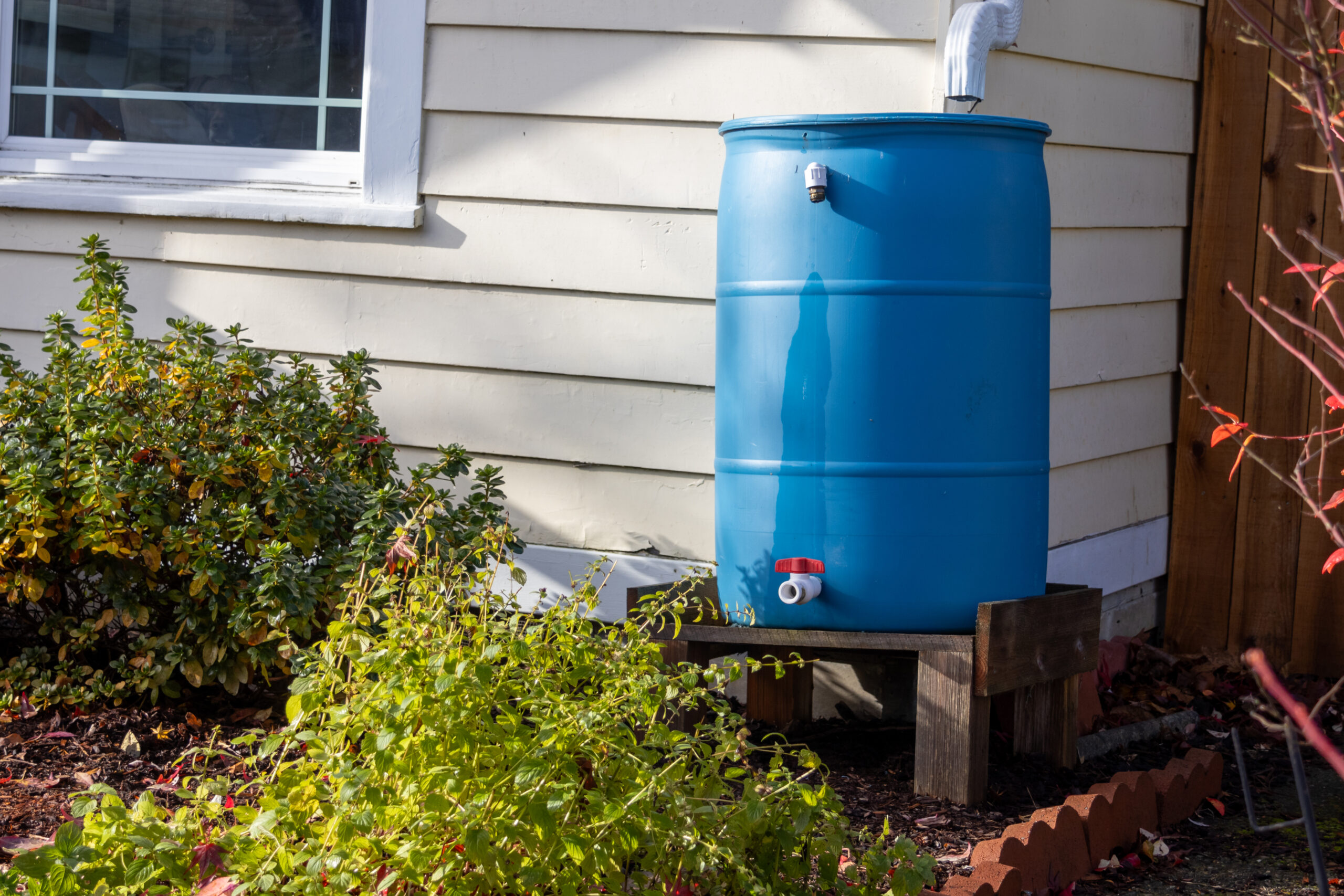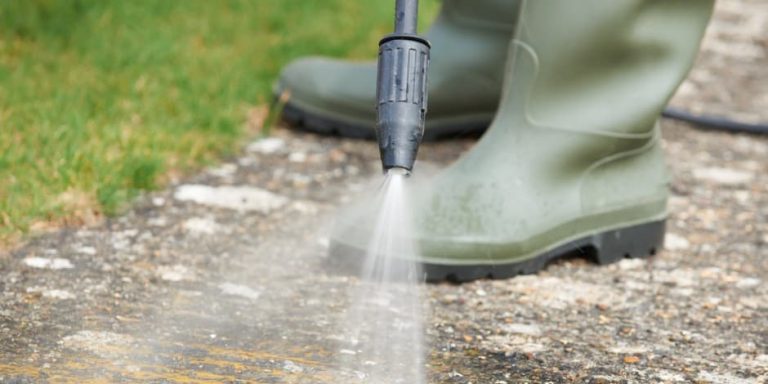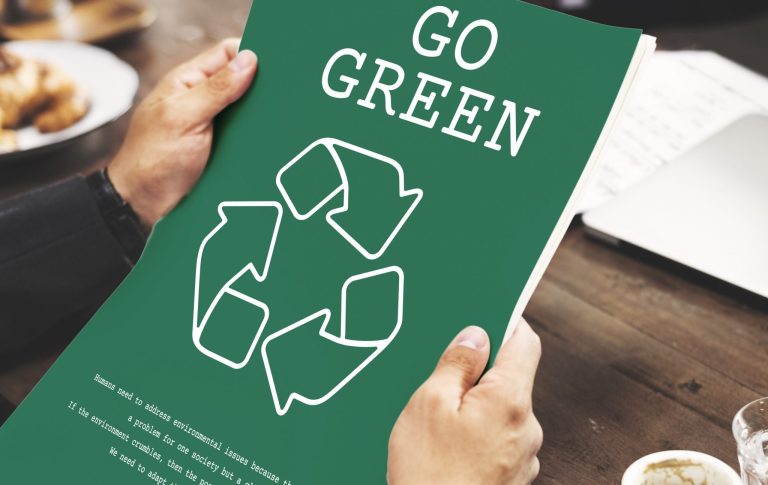
As sustainability becomes a growing priority across industries, power washing professionals and environmentally conscious homeowners are asking an important question: Can we reuse the water we use to clean?
Enter greywater recycling—a process that captures, filters, and reuses wastewater from tasks like pressure washing. While the idea sounds green and efficient, is it really practical? And more importantly, is it worth the investment?
In this article, we’ll break down the benefits, costs, challenges, and potential of greywater systems in the world of power washing. Let’s find out if this eco-friendly innovation lives up to the hype. 🚿🌍
💧 What Is Greywater?
Greywater refers to lightly used water that has not come into contact with human waste. It includes water from:
- Showers
- Sinks
- Laundry machines
- Outdoor cleaning tasks (like power washing)
In power washing, greywater typically contains:
- Dirt and debris
- Soap and detergent residues
- Grease or oils (depending on the job)
- Paint flakes or organic contaminants
While not drinkable, greywater is often safe enough to be reused for non-potable applications—with proper filtration. 💡
🛠️ How Greywater Recycling Works in Power Washing
Recycling systems for pressure washing are often built into professional-grade cleaning rigs. Here’s how they work:
- Capture – A vacuum or containment system collects the runoff from surfaces being cleaned.
- Filtration – Water passes through multiple filters to remove solids, oils, and chemicals.
- Storage – The filtered water is stored in a tank for reuse.
- Reuse – The reclaimed water is pumped back through the pressure washer for continued use.
Some systems can reclaim up to 85–90% of wastewater, making them especially valuable in drought-prone areas or during large-scale jobs. 🌀
Browse Amazon Here For Top Rated Power Washers And Accessories
✅ Environmental Benefits of Greywater Recycling
The eco-friendly benefits of greywater recycling in power washing are significant:
1. Massive Water Savings
Power washing uses anywhere from 2 to 8 gallons per minute. On large jobs, that can mean thousands of gallons of water used in a single day. Recycling that water significantly reduces strain on municipal supplies and aquifers.
2. Reduced Runoff Pollution
By capturing and reusing water, you prevent contaminated runoff from entering:
- Storm drains
- Rivers and lakes
- Groundwater supplies
This helps reduce urban water pollution—a major environmental concern.
3. Improved Compliance
Many cities and counties have strict stormwater regulations. Using a water reclaim system can help businesses:
- Meet environmental codes
- Avoid fines
- Win eco-conscious contracts
📋 Cities like San Diego and San Francisco already require contractors to demonstrate stormwater control plans for public cleaning jobs.
💰 Is It Worth the Investment?
Now for the big question: Is greywater recycling worth it for power washers?
💸 Initial Cost
A full water reclaim system typically costs $5,000–$15,000, depending on:
- Size of the tank
- Filtration quality
- Type of equipment
- Portability
For small-scale residential cleaners, this may seem steep. But for commercial contractors doing frequent large-area cleaning, it’s a smart long-term investment.
🔧 Maintenance
Filtration systems require:
- Regular cleaning
- Occasional filter replacements
- Pump servicing
- Monitoring of chemical and oil levels
This adds a bit of ongoing cost and labor but helps keep systems running efficiently.
🧠 ROI Factors
Your return on investment depends on:
- Local water rates
- Volume of jobs you complete
- Environmental requirements in your region
- Potential marketing edge (offering “green services”)
Businesses in water-restricted regions will often recoup the cost within 1–2 years thanks to reduced fines, faster permits, and lower water bills.
🏡 Can Homeowners Use Greywater for Power Washing?
In most cases, the answer is not easily. Home-based greywater systems are more common for:
- Landscaping irrigation
- Toilet flushing
- Garden cleaning
For power washing, the capture and reuse process is too complex without commercial-grade equipment. However, homeowners can:
- Limit their water use
- Wash on permeable surfaces
- Direct runoff toward landscaping
- Use biodegradable detergents
- Time washing around rainfall to avoid excessive runoff
These small actions mimic some benefits of greywater recycling without requiring a full system. 🌻
📊 Greywater vs. Traditional Methods: A Quick Comparison
| Feature | Traditional Washing | Greywater Recycling |
|---|---|---|
| Water Use | High | Reduced by up to 90% |
| Runoff Risk | High | Contained & filtered |
| Compliance | Variable | Easier to meet codes |
| Equipment Cost | Low | High upfront |
| Maintenance | Minimal | Moderate |
| Long-term Savings | Low | High for large jobs |
| Environmental Impact | High | Low |
📢 Marketing Advantage for Contractors
Eco-conscious clients—especially commercial ones—love green services. Using a greywater reclaim system allows you to:
- Advertise “eco-responsible pressure washing”
- Bid on green construction and municipal contracts
- Appeal to sustainability-minded businesses and homeowners
- Differentiate from competitors
In today’s market, environmental responsibility isn’t just a bonus—it’s often a requirement. 🌿💼
🌍 Final Thoughts
Greywater recycling in power washing isn’t just a trend—it’s the future for businesses that want to stay ahead of regulations, cut costs, and protect the planet. While the investment may not be ideal for small-scale or residential work, it’s a powerful tool for commercial pros, municipalities, and eco-first operations.
If you’re looking to scale your cleaning business and align with sustainable values, reclaiming and reusing water is a smart, forward-thinking solution. 💧♻️✅
Browse Amazon Here For Top Rated Power Washers And Accessories






